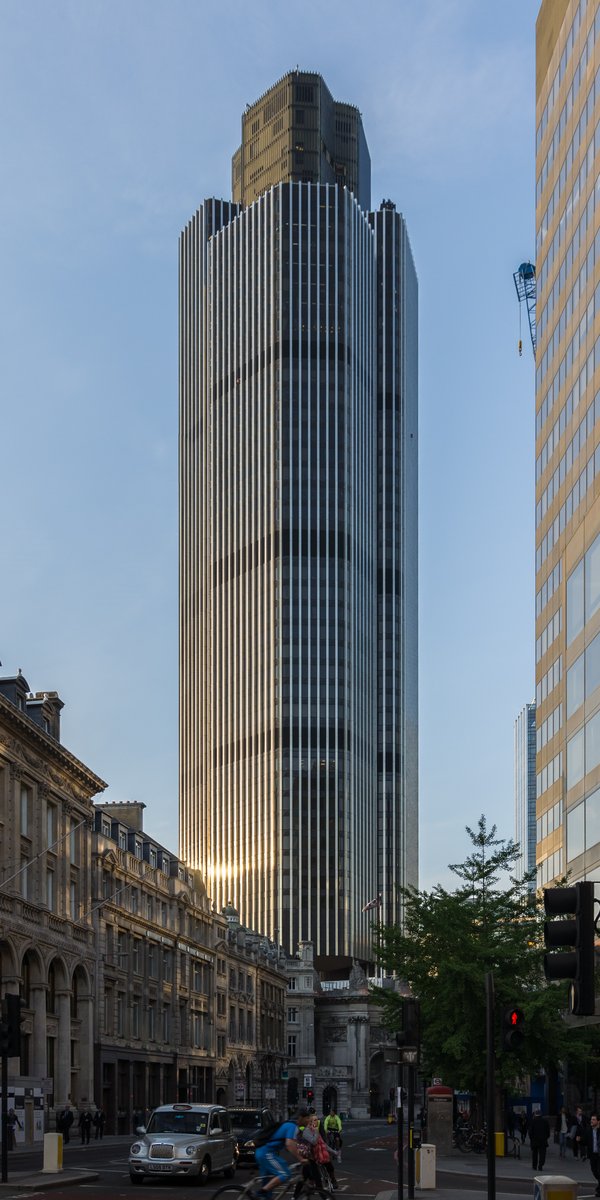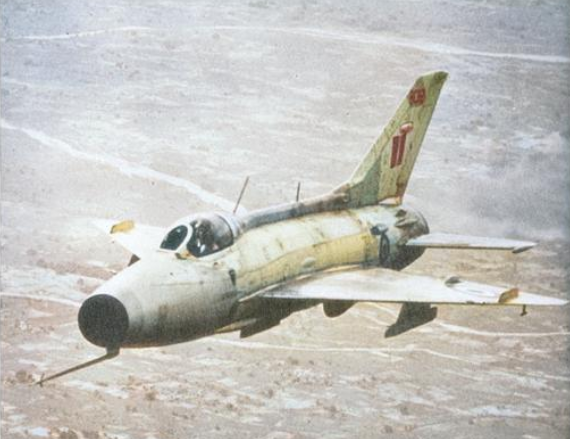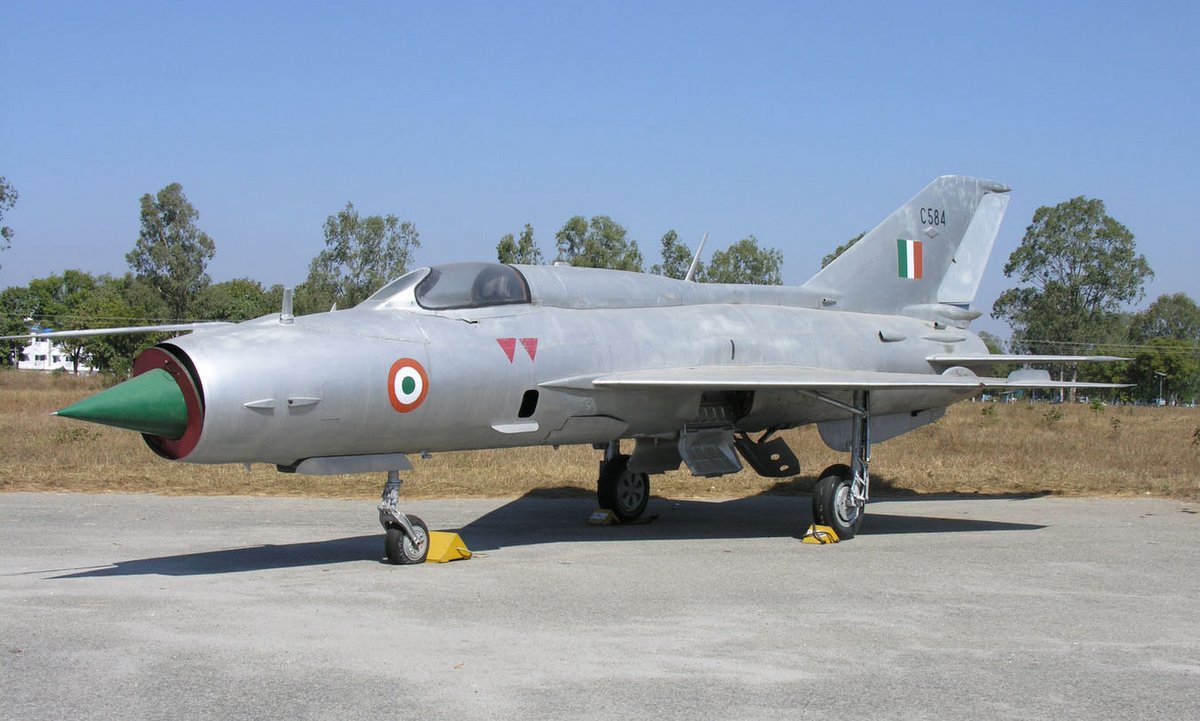The Bengal-Nagpur Railway (BNR) was one of India's major railway companies that operated from 1888 to 1952. It's assets were largely inherited by the Indian Railway's South Eastern Railway Zone. #Bengal #Nagpur #Railway 

In 1887, BNR was set up with a registered office at Gresham House (now Tower 42), Old Broad Street, London. Trevredyn Rashleigh Wynne was appointed Chairman and V.E.D. Jarrad its Agent (General Manager) in India. 





BNR entered into an agreement the Government of India to take over the Chhattisgarh State Railway and convert the Nagpur-Rajnandgaon stretch into a broad gauge (BG) network, lay a new 480-mile long BG network to Asansol located on East Indian Railway (EIR) network in 1887. 

By 1905, BNR laid 1,966 miles of railway track. The Cuttack-Vijaywada section, constructed by Madras Railway, was merged with BNR following a historic agreement on July 23, 1902. By 1900, a new line connected Asansol to Howrah on the west bank of the Hooghly at Calcutta. 





When in 1900 BNR opened the ‘Calcutta Extension Line’ to connect to the East India Railway's terminus at Howrah the need for a new station became imperative. In 1905 the new ‘Howrah Station’ building, the North Wing of the present station was constructed. 





In 1907, the agent’s office and headquarters were shifted to a magnificent building constructed on the bank of the Hooghly river in the city’s Garden Reach area. Currently, the HQ of the South Eastern Railway. 

The Agent and the General Manager of the Railway took up residence at Nawab Wajid Ali Shah's former residence. 

the Indian Railways’ first integrated workshop under BNR was started in Kharagpur in 1904. Spread over 150 hectares, the workshop also produced artillery shells and other items with special steel produced by Tata Iron and Steel for the British army in two World Wars. 



The management of the BNR was taken over by the Government of India in 1944. Eastern Railway was formed in 1952 with the portion of East Indian Railway Company east of Mughalsarai and the BNR. In 1955, South Eastern Railway was carved out of Eastern Railway. 

• • •
Missing some Tweet in this thread? You can try to
force a refresh


























